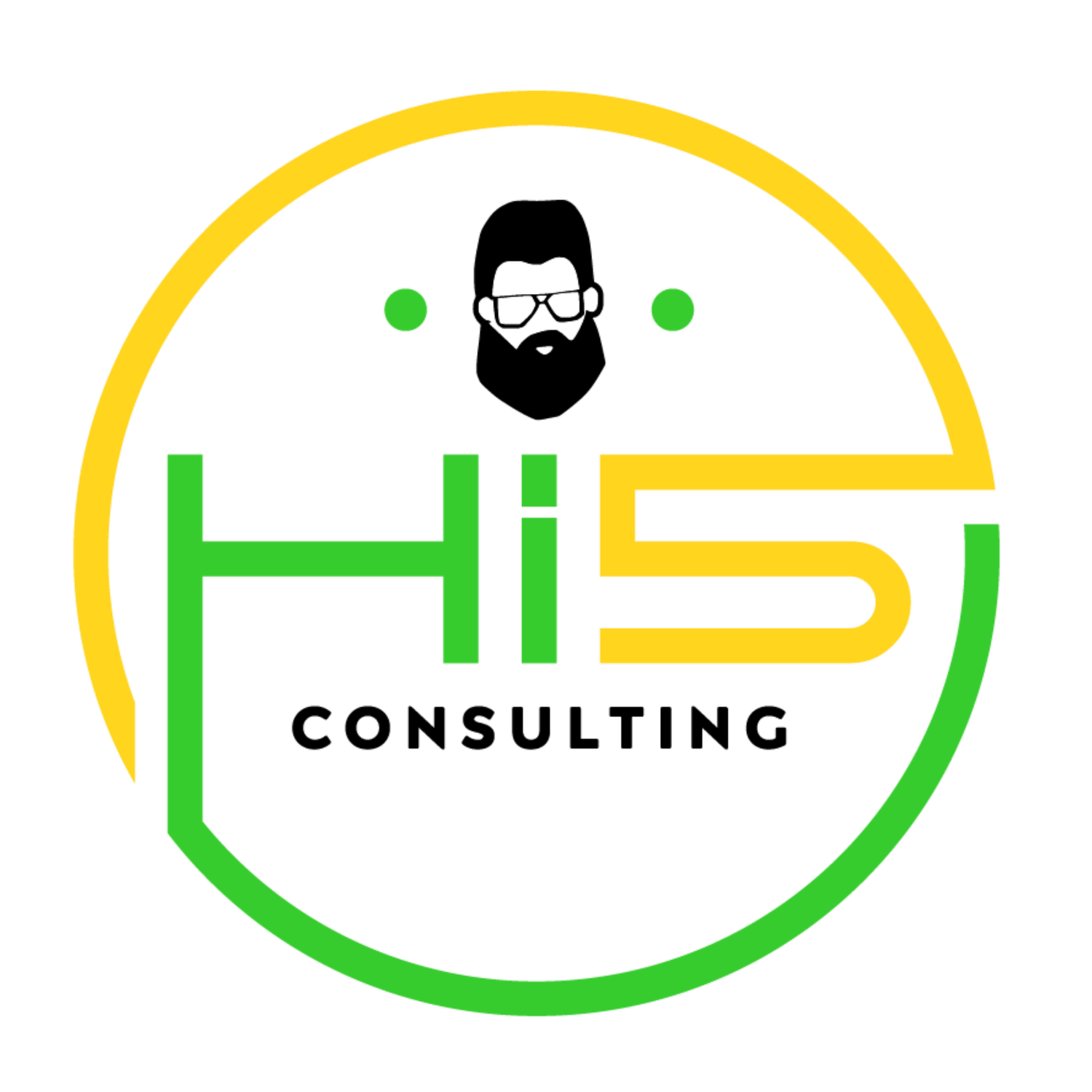From woodcarving to Cloud Adoption
Two years ago, I retreated into nature, away of electricity, running water, and any digital connections. In the middle of this simplicity, I looked for something to do around the campfire. There was wood and some axes and knives. I started woodcarving with a pocketknife, starting my first carve with a spoon that, while imperfect, sparked my son's request for a fork—setting off my continued journey into carving. This experience stayed in my mind as very mindful. As I blogged earlier, I am taking some more care for myself this year. So I restarted recently with more advanced tools, new insights. I revisited that first project again. This got me thinking about the challenges that many organizations face when adopting cloud technologies and the link with this mindful activity. The true challenge isn't just the tools or technologies—it's fostering the right mindset and cultural adaptation that truly transforms an organization. Knowing where to next instead of the now and the firefighting we might face every day.
From Carving to Cloud
Initially, in both woodcarving and cloud adoption, the focus might mistakenly fall on the tools & technology used—like trying to carve a spoon with a simple pocket knife. However, just as I learned that the type of knife wasn't as crucial as the technique and understanding of the wood, organizations learn that while technology supports tasks, the transformational change comes from cultural shifts and new processes. The right tools are necessary but not sufficient—they must be employed within a framework that prioritizes strategic thinking and agile responsiveness. Overall technology will support the envisioned result. Cloud is out there and can build you anything you can wish for as an organisation.
Understanding Your Material
In woodcarving, understanding the wood's grain and properties is essential for effective carving, mirroring the need for businesses to thoroughly understand their landscapes and application interdependencies when moving to the cloud. Many organizations stumble here, lacking a clear documentation of their current state, which can severely disrupt their migration to a dynamic cloud setting. Addressing this requires a shift in how knowledge is managed and shared within the company, fostering a culture that values thorough understanding and preparedness.
As businesses scale their cloud usage from edge cases to core business functions, they encounter various challenges that can make or break their transition. This is similar to the pressure that can snap a spoon while carving. Overcoming these challenges doesn't just depend on having robust technologies but also on developing proactive strategies and adaptable processes. The agility to change these strategies and processes is what allows an organization to evolve continuously, rather than striving for a static state of 'perfection' which is unrealistic in a constantly changing environment.
Culture Over Tools
If I get the choice about tools over culture in my work as a FinOps Architect chances are high I will choose culture over tools. The shift from a legacy to a cloud environment should emphasize adaptive culture and innovative thinking over the mere adoption of new tools. In woodcarving, the right knife might make the job easier, but understanding how to use it effectively—knowing where to cut, how much pressure to apply—makes the difference. Similarly, in cloud adoption, while tools and technologies provide capabilities, it's the strategic use of these tools within the context of an adaptive, knowledgeable culture that leads to real success.
Learning from Mistakes, Being Agile
Every cut in woodcarving can lead to a different end-result, from a misplaced cut to an underestimated grain pattern, provides invaluable lessons. Similarly, each challenge in cloud adoption offers insights that can refine strategies and improve outcomes. Cultivating a team dynamic that views challenges as opportunities to learn and grow rather than setbacks fosters an environment ripe for innovation. This mindset shift—from a fear of failure to an embrace of iterative learning—can significantly enhance an organization's ability to adapt and thrive in the cloud. Yes, it might be challenging… I rather look at it as the land of opportunities to do better next time.
Conclusion
Mastering the art of woodcarving, like mastering cloud adoption, requires more than the right tools; it demands patience, deep understanding, and, most importantly, the right cultural mindset. The organisation that supports continuous learning and embraces another mindset. Organizations that recognize and embrace the need for cultural transformation alongside technological change are the ones that truly succeed. As they navigate their cloud adoption journeys, they would do well to remember the lessons from woodcarving—where careful planning, an understanding of the material, and skillful use are key to creating beautiful and yet functional outcomes.
